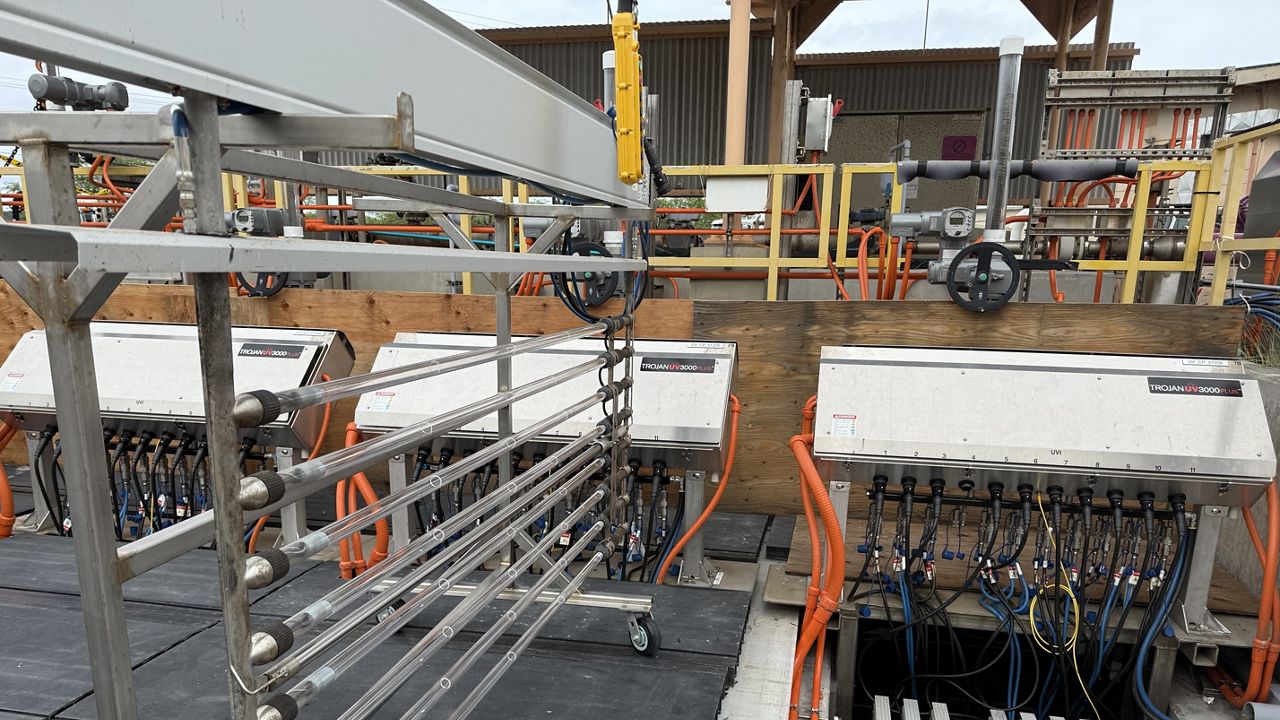Reduce inequality within and among countries
The UN explains: The international community has made significant strides towards lifting people out of poverty. The most vulnerable nations – the least developed countries, the landlocked developing countries and the small island developing states – continue to make inroads into poverty reduction. However, inequality still persists and large disparities remain in access to health and education services and other assets.
Further statistics, analysis and visuals on inequality can be found at Our World in Data entries on Income Inequality, Incomes across the Distribution and Global Economic Inequality.
The UN has defined 10 Targets and 11 Indicators for SDG 10. Targets specify the goals and Indicators represent the metrics by which the world aims to track whether these Targets are achieved. Below we quote the original text of all Targets and show the data on the agreed Indicators.
How is the world doing on this goal?
Target 10.1: Reduce income inequalities
UN definition: By 2030, progressively achieve and sustain income growth of the bottom 40 per cent of the population at a rate higher than the national average.
Income growth inequalities
Definition: Indicator 10.1.1 is growth rates of household expenditure or income per capita among the bottom 40 per cent of the population and the total population.
This indicator measures the average annual growth rate of incomes or consumption of those in the bottom 40% of incomes of a given country.
Goal: Progressively achieve and sustain income growth of the bottom 40 per cent of the population at a rate higher than the national average through to 2030.
More research: Further data and research on this topic can be found at Our World in Data entries on Income Inequality and Global Economic inequality.
Additional charts:
Income share by quintile
Income share held by richest 10%
Target 10.2: Promote universal social, economic and political inclusion
UN definition: By 2030, empower and promote the social, economic and political inclusion of all, irrespective of age, sex, disability, race, ethnicity, origin, religion or economic or other status.
People living below 50 per cent of median income
Definition: Indicator 10.2.1 is the proportion of people living below 50 per cent of median income, by sex, age and persons with disabilities.
Goal: By 2030, empower and promote the social, economic and political inclusion of all, irrespective of age, sex, disability, race, ethnicity, origin, religion or economic or other status.
More research: Further data and research on this topic can be found at Our World in Data entries on Income Inequality, Global Economic inequality and Economic Inequality by Gender.
Target 10.3: Ensure equal opportunities and end discrimination
UN definition: Ensure equal opportunity and reduce inequalities of outcome, including by eliminating discriminatory laws, policies and practices and promoting appropriate legislation, policies and action in this regard.
Eliminating discriminatory practices
Definition: Indicator 10.3.1 is the proportion of population reporting having personally felt discriminated against or harassed in the previous 12 months on the basis of a ground of discrimination prohibited under international human rights law.
Goal: Ensure equal opportunity and reduce inequalities of outcome, including by eliminating discriminatory laws, policies and practices by 2030.
Target 10.4: Adopt fiscal and social policies that promotes equality
UN definition: Adopt policies, especially fiscal, wage and social protection policies, and progressively achieve greater equality.
Policies for greater equality
Definition: Indicator 10.4.1 is the labour share of GDP, comprising wages and social protection transfers.
This indicator measures the the percentage of gross domestic product (GDP) derived from labour, which is inclusive of wages and social protection transfers.
Goal: Adopt policies, especially fiscal, wage and social protection policies, and progressively achieve greater equality by 2030.
More research: Further data and research on this topic can be found at Our World in Data entries on Income Inequality and Global Economic inequality.
Additional charts:
Income inequality before and after taxes and transfers
Target 10.5: Improved regulation of global financial markets and institutions
UN definition: Improve the regulation and monitoring of global financial markets and institutions and strengthen the implementation of such regulations.
Target 10.6: Enhanced representation for developing countries in financial institutions
UN definition: Ensure enhanced representation and voice for developing countries in decision-making in global international economic and financial institutions in order to deliver more effective, credible, accountable and legitimate institutions.
Voting rights for developing countries
Definition: Indicator 10.6.1 is the proportion of members and voting rights of developing countries in international organizations.
These indicators measure the share of members and voting rights in international institutions which are held by developing countries.
Goal: By 2030 ensure enhanced representation and voice for developing countries in decision-making in global international economic and financial institutions.
Target 10.7: Responsible and well-managed migration policies
UN definition: Facilitate orderly, safe, regular and responsible migration and mobility of people, including through the implementation of planned and well-managed migration policies.
Migration recruitment costs
Definition: Indicator 10.7.1 is the recruitment cost borne by employee as a proportion of yearly income earned in country of destination.
Goal: By 2030 facilitate orderly, safe, regular and responsible migration and mobility of people.
Well-planned migration policies
Definition: Indicator 10.7.2 is the number of countries that have implemented well-managed migration policies.
Goal: By 2030 facilitate orderly, safe, regular and responsible migration and mobility of people, including through the implementation of planned and well-managed migration policies.
Deaths or disappearances during migration
Definition: Indicator 10.7.3 is the number of people who died or disappeared in the process of migration towards an international destination.
Goal: By 2030 facilitate orderly, safe, regular and responsible migration and mobility of people, including through the implementation of planned and well-managed migration policies.
Refugee population
Definition: Indicator 10.7.4 is the proportion of the population who are refugees, by country of origin.
Goal: By 2030 facilitate orderly, safe, regular and responsible migration and mobility of people, including through the implementation of planned and well-managed migration policies.
Target 10.A: Special and differential treatment for developing countries
UN definition: Implement the principle of special and differential treatment for developing countries, in particular least developed countries, in accordance with World Trade Organization agreements.
Differential tariffs for least developed countries
Definition: Indicator 10.A.1 is the proportion of tariff lines applied to imports from least developed countries and developing countries with zero-tariff.
This indicator measures the proportion of total number of tariff lines applied to products imported from least developed countries corresponding to a 0% tariff rate. A tariff line represents a particular product group used for classification coding.
Goal: By 2030 ensure enhanced representation and voice for developing countries in decision-making in global international economic and financial institutions.
Target 10.B: Encourage development assistance and investment in least developed countries
UN definition: Encourage official development assistance and financial flows, including foreign direct investment, to States where the need is greatest, in particular least developed countries, African countries, small island developing States and landlocked developing countries, in accordance with their national plans and programmes.
Development assistance and investment
Definition: Indicator 10.B.1 is the total resource flows for development, by recipient and donor countries and type of flow.
Data for this indicator measures total resource flows for development, which comprises of Official Development Assistance (ODA), other official flows (OOF) and private flows. This data is available by donor and recipient country.
Goal: By 2030 encourage official development assistance and financial flows, including foreign direct investment, to States where the need is greatest.
Target 10.C: Reduce transaction costs for migrant remittances
UN definition: By 2030, reduce to less than 3 per cent the transaction costs of migrant remittances and eliminate remittance corridors with costs higher than 5 per cent.
Remittance costs
Definition: Indicator 10.C.1 is the remittance costs as a proportion of the amount remitted.
Remittance costs as a proportion of the amount of money remitted. Remittances are financial transfers from non-residents to residents of a country, such as a worker abroad sending money to family and friends, or from short-term, seasonal work in another country.
Goal: By 2030 reduce to less than 3 per cent the transaction costs of migrant remittances and eliminate remittance corridors with costs higher than 5 per cent across all regions and countries.
Additional charts:
Remittances (% of GDP)






























































